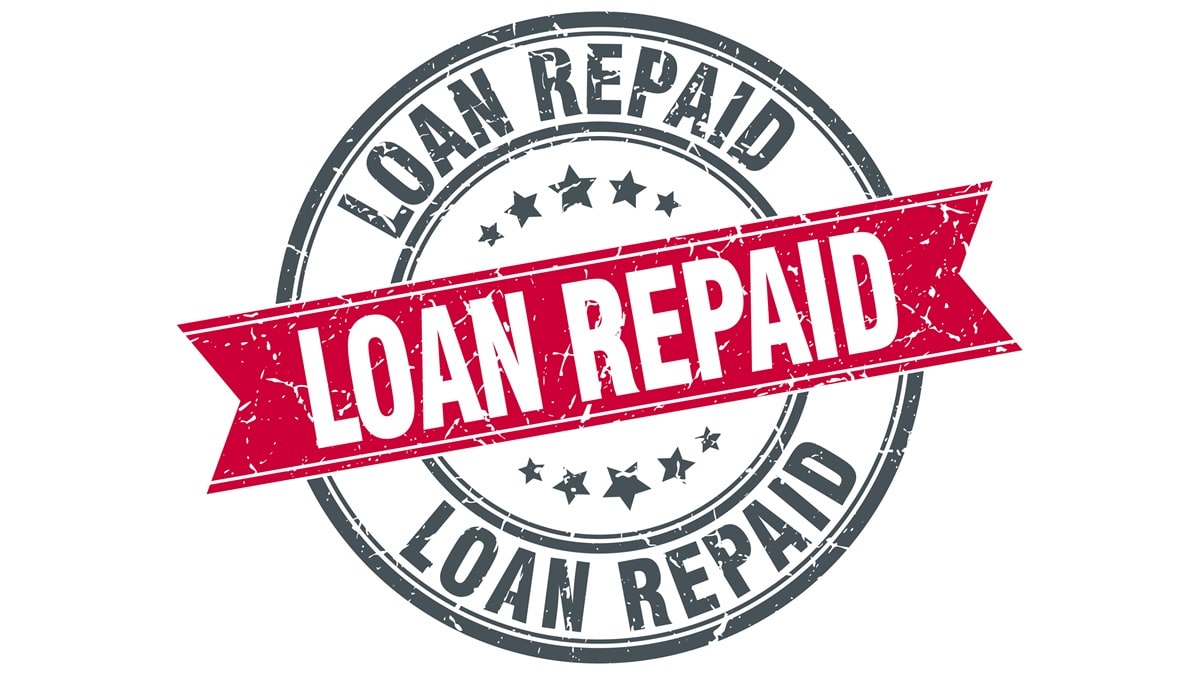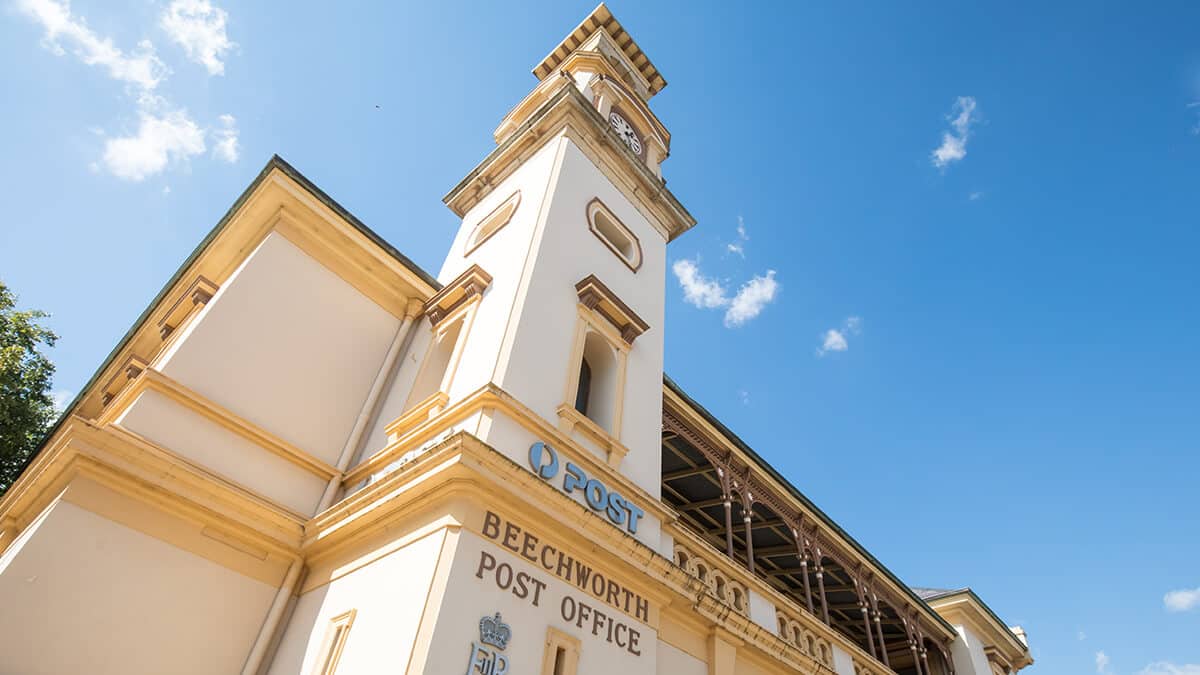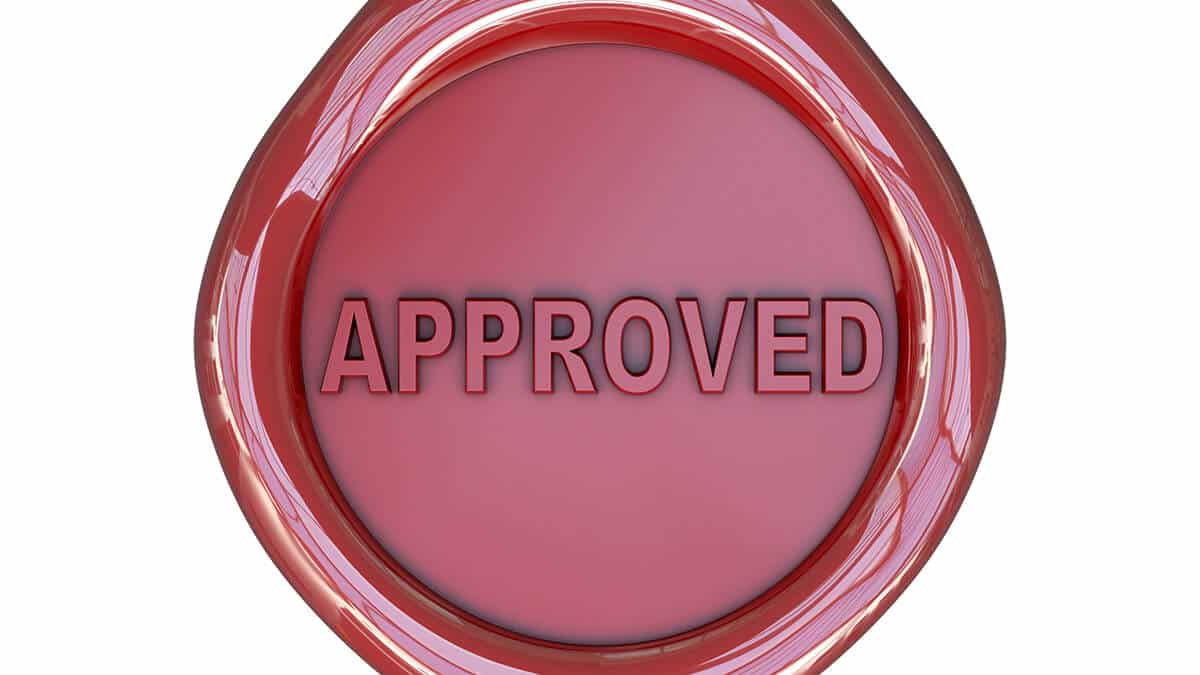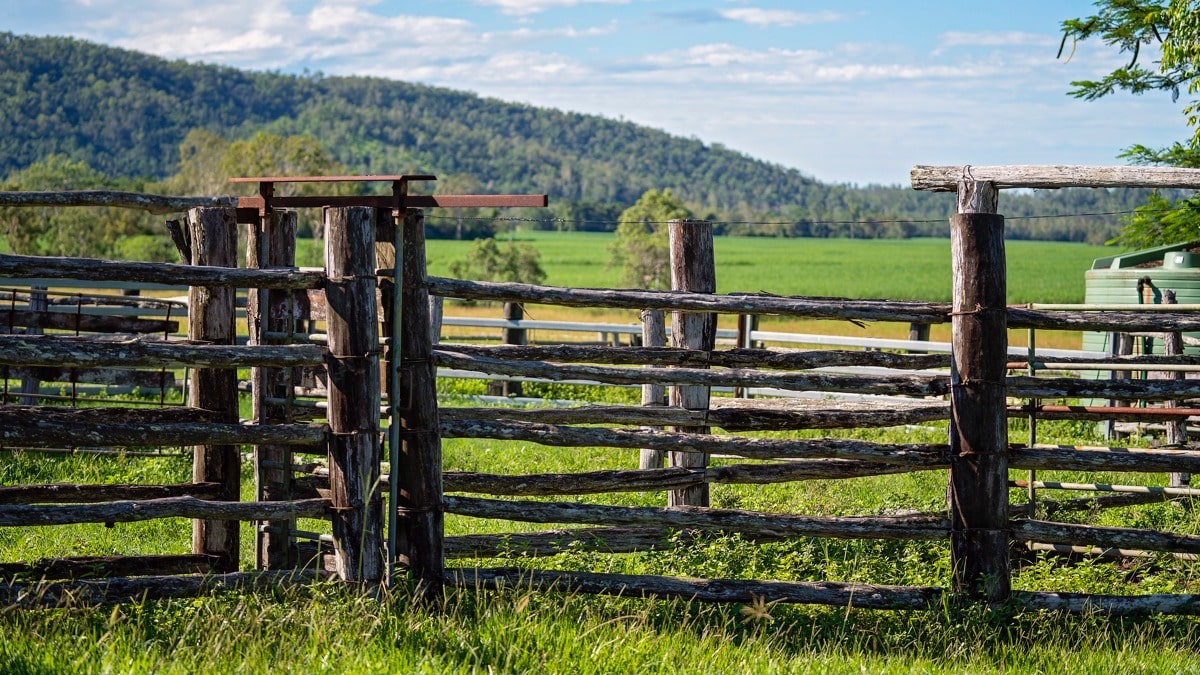In this guide
One of the attractions of self-managed superannuation funds (SMSFs) for many investors is their ability to invest in direct property.
According to the Australian Taxation Office (ATO), a significant number of SMSFs do indeed invest in direct property. As at December 2024, approximately 11.2% of all SMSF assets were invested in non-residential property (approximately $110 billion) and another 6% (approximately $58 billion) were invested in residential property.
Although it has its benefits, investing in property in an SMSF can be complicated and should never be considered as an easy way to enter the property market.
The rules
Just like any other asset in which an SMSF invests, and perhaps even more so if the property asset is to represent a large chunk of the SMSF portfolio, a property needs to meet the sole purpose test.
That means the SMSF, and therefore the investments it invests in, need to be maintained for the sole purpose of providing the members (and their dependents on the member's death) with retirement benefits.
Read more about the sole purpose test and how it works.
There are some exceptions for SMSFs around incidental benefits, as stated in the below extract from SMSFR 2008/2 ruling.
Nevertheless, the provision by an SMSF of benefits other than those specified in subsection 62(1) that are incidental, remote or insignificant does not of itself displace an assessment that the trustee has not contravened the sole purpose test. As set out at paragraph 5 of this Ruling, determining whether benefits are incidental, remote or insignificant requires the circumstances surrounding the SMSF’s maintenance to be viewed holistically and objectively.
Related parties and in-house assets
If you are considering acquiring a property in your SMSF from a related party, there are very specific conditions that must be met. You can only acquire a property that meets the requirements to be business real property, a property used wholly and exclusively in one or more businesses and only at market rates.
Related parties include:
- The members of the fund
- The relatives of each member
- The partners and/or business partners of each member
- Any spouse or child of those partners
- Any company the member or their associates control or influence
- Any trust the member or their associates control
- An employer who is required to contribute to a super fund based on a written agreement with the trustee (this would not usually be relevant for SMSFs).
The exceptions to these rules include acquiring business real property. Business real property is defined as land and building that is used wholly and exclusively in a business. It can apply to agricultural property in some instances, even if there is a residential home on the property, provided the dwelling is in an area of land no more than two hectares and the main use of the whole property is not for domestic or private purposes.
Learn more about business real property.
Related parties and SMSF members are also able to rent or lease business real property from SMSFs, so long as the lease is entered into and then maintained at commercial rates, that is, an arm’s-length arrangement.























